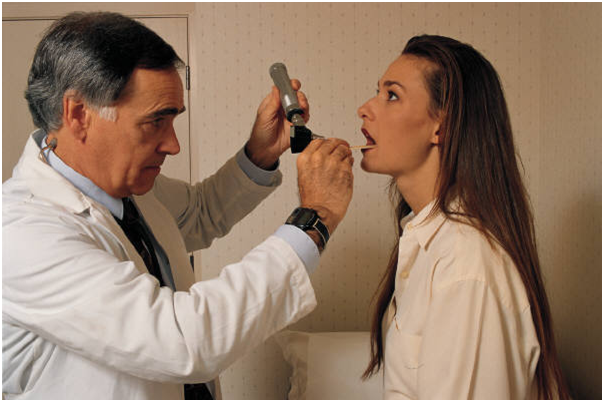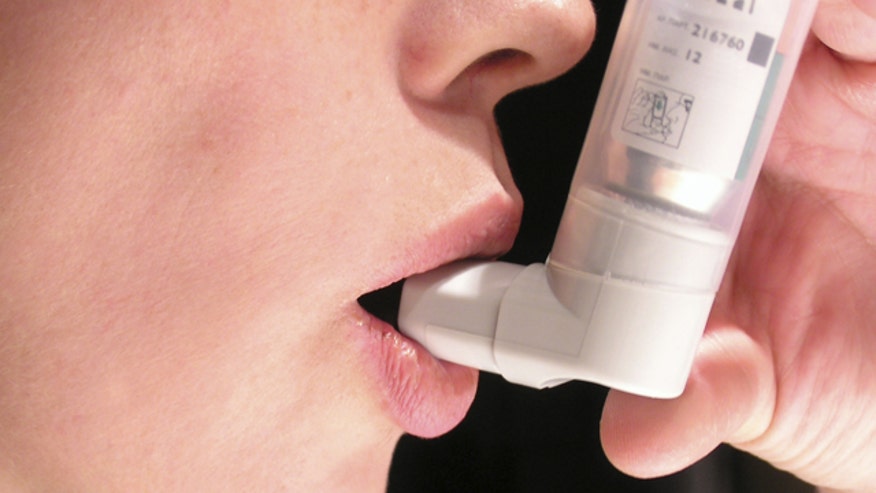LAS VEGAS REVIEW-JOURNAL

A national report card on patient safety gave a failing grade to University Medical Center, long regarded as having one of the country’s top trauma units. It was one of only 22 hospitals nationwide to receive such low marks.
In a report to be issued today, the Leapfrog Group, an employer-backed nonprofit organization focused on health care quality, issued an overall letter grade of F to taxpayer-supported UMC for performing poorly on several measures tied to preventing infections, medical errors and deaths.
Also sobering from the survey of more than 2,500 hospitals was this news: One of the Las Vegas hospitals that received an A had a higher rate of death from treatable complications than the 110.37 deaths per 1,000 national mean for the measure. Desert Springs Hospital’s rate was 137.48 per 1,000, worse than UMC, which had 136.57.
The other A-graded hospital, St. Rose Dominican — Rose de Lima campus, had a a rate of 98.09.
Complications after surgery often arise because those involved in the procedure aren’t comfortable working as a team, according to Dr. Lucian Leape, a leader of the patient safety movement and an original founder of Leapfrog.
Leapfrog’s latest survey, which can be accessed at hospitalsafetyscore.org, assessed hospitals on 28 components in three critical areas during 2012 and the first quarter of 2013: leadership and structures that promote patient safety; resources used in caring for patients; and how patients fare.
Dr. Joan Brookhyser, UMC chief medical officer, said the hospital’s score was hurt in the survey because it does not voluntarily participate. She said UMC does not have the money to hire the full-time employee it takes to come up with the data.
CEO Lawrence Barnard wasn’t happy with the assessment. “The Leapfrog results are not an accurate reflection of UMC’s overall patient care. UMC does not participate at all in the … survey, because we do not ‘pay to play.’ ”
But Leah Binder, the Leapfrog CEO, who said statistics show hospital errors may be responsible for as many as 400,000 deaths per year in the United States, said Monday it takes an employee an average of 40 to 80 hours to come up with the documentation Leapfrog requests.
If a hospital refuses to participate in the survey voluntarily, Binder said, her organization uses information hospitals must report to the government to compile scores and does not penalize them.
Data from sources that included the Centers for Medicare and Medicaid Services were weighted by patient safety experts to produce a composite score that is published as a letter grade.
Four hospitals — Centennial Hills, St. Rose Dominican — San Martin campus, MountainView and Southern Hills — received B grades while North Vista, Sunrise, St. Rose Dominican — Siena campus, Summerlin, Spring Valley and Valley got C’s.
Why Desert Springs Hospital and St. Rose Dominican — Rose de Lima campus got an A and UMC flunked is illustrated in the measure that calls for patients to receive an antibiotic within one hour before surgical incision.
While Desert Springs scored 100 and St. Rose de Lima 99, UMC’s score was 89, below the national mean.
Both Sam Kaufman, CEO of Desert Springs Hospital, and Teressa Conley, CEO of St. Rose Dominican Hospital — Rose de Lima campus, said their hospitals received A grades because their hospital staffs worked together.
Dr. Jerry Reeves, a vice president of HealthInsight, an organization dedicated to improving health and health care in Nevada, New Mexico and Utah, said UMC must get the right safety structure in place.
“You can have leaders who are stars at a hospital (such as UMC trauma surgeons) but you also need people who follow and who are willing to do the right thing, such as washing their hands at appropriate times,” he said.
Reeves said UMC needs “focus.” “They need a few blockers and tacklers. … You can’t win with all quarterbacks.”
Brookhyser conceded the financially pinched county hospital still hasn’t implemented a computerized physician order entry system that experts have long said cuts down on medication errors — a shortcoming that cost UMC heavily in its score.
According to researchers, having such a system not only cuts down on handwriting issues but also reduces dosage errors, including giving someone a drug he is allergic to or that will interact negatively with another drug.
And it wasn’t until this year that UMC completed the staffing of intensivist specialists in intensive care units, another shortcoming that downgraded UMC’s score. Studies have shown mortality rates are reduced by intensivists.
UMC executives aren’t the only medical officials who have criticized Leapfrog’s scoring system. American Hospital Association CEO Richard Umbdenstock said Leapfrog appears to favor its own survey over other reliable sources.
In 2012, the Ronald Reagan UCLA Medical Center received an F after U.S. News &World Report named it the best hospital in California and the fifth-best hospital in the nation. The chief medical officer called the scoring system unfair.
While UMC hasn’t been ranked as one of the nation’s best overall hospitals, the National Trauma Data Bank reports that of those who arrive at its trauma center — where many have less than a 1 percent chance to live — 96 percent survive.
The Heart Association made UMC’s cardiology center the most highly awarded in Nevada. Now a top kidney transplant center, UMC has a pediatric intensive care unit that was one of only five such units in the United States to have zero bloodstream infections.
Hospital Compare, the government’s hospital quality website, ranks UMC at the national average for infections.
Reeves suggested UMC executives not fight Leapfrog’s methodology.
“Leapfrog does good work on behalf of people,” he said. “It’s up to UMC to develop teams that work collaboratively.”
Are you in need of a Michigan Medical Malpractice Lawyer?












